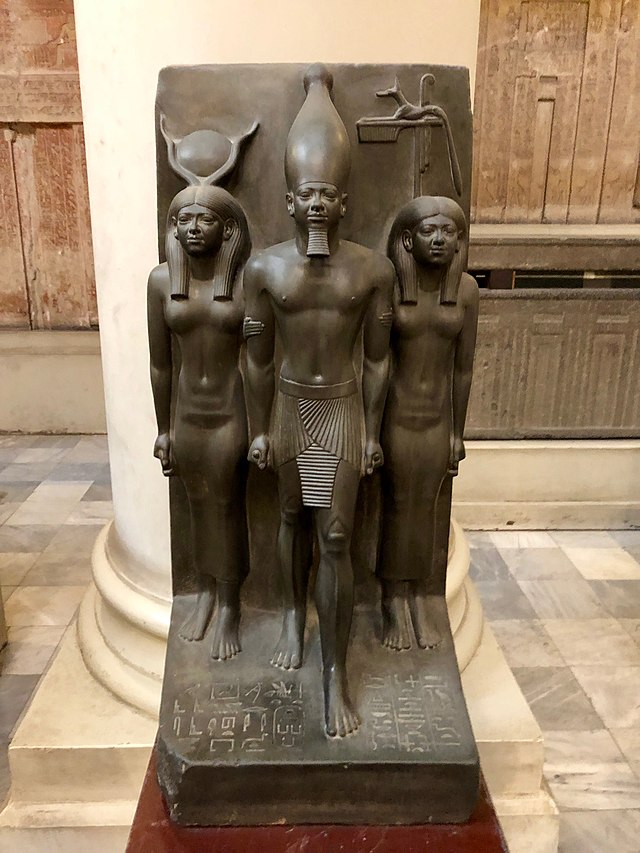Anput
Anput
Ancient Egyptian goddess
Anput is a goddess in ancient Egyptian religion. Her name is written in hieroglyphs as jnpwt (reconstructed in Middle Egyptian as /ʔan.ˈpa.wat/ or /jan.ˈpa.wat/).[1] In English, her name also is rendered as Anupet, Input, Inpewt, and Yineput.[1] As the female counterpart of her husband, Anubis, who was known as jnpw to the Egyptians, Anput's name ends in a feminine "t" suffix when seen as jnpwt.

She also is depicted as a woman, with a headdress showing a jackal recumbent upon a feather, as seen in the statue of the divine triad of Hathor, Menkaure, and Anput. She occasionally is depicted as a woman with the head of a jackal, but this is very rare.[2]
